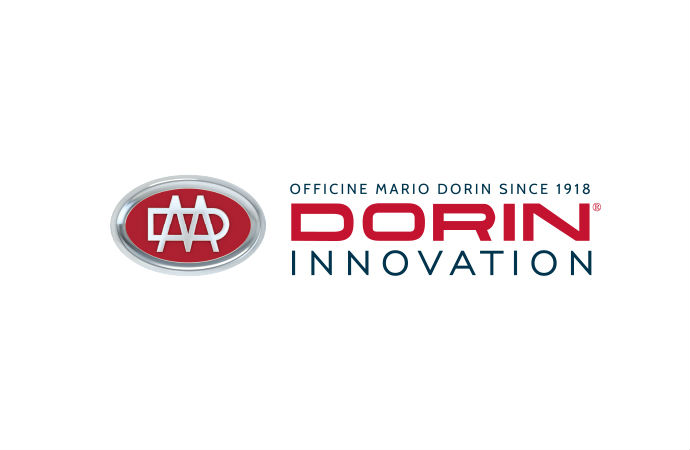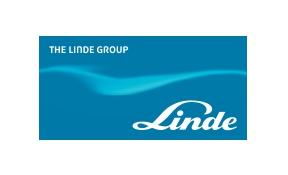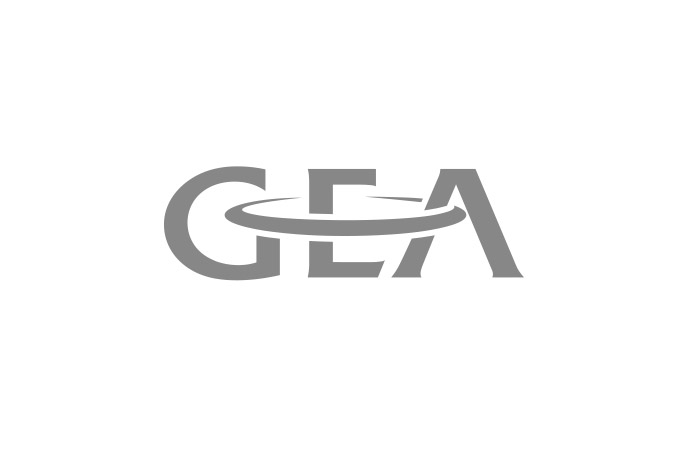Following a forum hosted by the United Laboratories (UL) in January, which discussed the impact of the diffusion of hydrocarbon refrigerants in the US and identified gaps in current codes and safety standards, the US principal standards developing body has issued a white paper addressing the ongoing efforts to prepare for the widespread use of hydrocarbons.

Titled “Revisiting Flammable Refrigerants”, the white paper aims to raise awareness among stakeholders and help them prepare for the widespread use of flammable refrigerants in consumer and commercial appliances including, in the future, air conditioning.
Focusing principally on hydrocarbon refrigerants, the paper discusses the extensive experience with hydrocarbons in other parts of the world, as well as the need for education and training for installers, service personnel, operators of storage and retail facilities, fire fighters and inspection professionals in the U.S.
It also discusses regulatory aspects and drivers for revisiting the use of hydrocarbon refrigerants for example in terms of energy efficiency gains and summarises the current status of many of the standards and codes relevant to flammable refrigerants, including hydrocarbons.
“It is time to revisit the use of flammable refrigerants in the US”
Propane (R290) was touted as a replacement for ammonia refrigerant in the 1920s, while isobutane (R600a) was first used as a refrigerant for small systems in the 1920s but - as with other flammable refrigerants (except ammonia) - it quickly fell out of use when CFC refrigerants were introduced in the 1930s.
With the phase out of CFCs beginning in 1991, manufacturers across the world started using hydrocarbons, with isobutene finding widespread acceptance for household refrigerators in Japan and Europe.
Though the U.S. safety standard for household refrigerators (ANSI/UL 250) anticipated as early as the 1990s the possible use of flammable refrigerants in the U.S., appliances were not introduced in U.S. until 2008, when Ben and Jerry’s introduced a commercial ice cream case.
This was besides the fact that the Environmental Protection Agency, under its Significant New Alternatives Policy (SNAP) programme has authorised hydorcarbons (propane, butane and blends) for industrial process refrigeration only. For all other applications, such refrigerants are not yet authorised. However, there are exemptions to this restriction for small volume producers of substitutes, and in cases where end-use equipment is being test-marketed or deployed for research and development.
“In the 1990s the U.S. market was not ready for the introduction of flammable refrigerants […] As the drive toward more environmentally-friendly refrigerants and greater energy efficiency continues, it’s time to revisit the use of flammable refrigerants in the U.S.” read the conclusions of the White Paper.
Some of the challenges posed by flammable refrigerants
The paper refers to several challenges when working with flammable refrigerants that need to be addressed, including:
UL to develop safety recommendations at AHR Expo meeting today
On 2 February 2011, UL is hosting a "Joint Task Group" standards meeting on the use of flammable refrigerants at the International Air Conditioning, Heating, Refrigerating (AHR) Expo in Las Vegas. UL Standards Technical Panel (STP) members and key stakeholders will develop recommendations for HVAC/R product safety standards.
Focusing principally on hydrocarbon refrigerants, the paper discusses the extensive experience with hydrocarbons in other parts of the world, as well as the need for education and training for installers, service personnel, operators of storage and retail facilities, fire fighters and inspection professionals in the U.S.
It also discusses regulatory aspects and drivers for revisiting the use of hydrocarbon refrigerants for example in terms of energy efficiency gains and summarises the current status of many of the standards and codes relevant to flammable refrigerants, including hydrocarbons.
“It is time to revisit the use of flammable refrigerants in the US”
Propane (R290) was touted as a replacement for ammonia refrigerant in the 1920s, while isobutane (R600a) was first used as a refrigerant for small systems in the 1920s but - as with other flammable refrigerants (except ammonia) - it quickly fell out of use when CFC refrigerants were introduced in the 1930s.
With the phase out of CFCs beginning in 1991, manufacturers across the world started using hydrocarbons, with isobutene finding widespread acceptance for household refrigerators in Japan and Europe.
Though the U.S. safety standard for household refrigerators (ANSI/UL 250) anticipated as early as the 1990s the possible use of flammable refrigerants in the U.S., appliances were not introduced in U.S. until 2008, when Ben and Jerry’s introduced a commercial ice cream case.
This was besides the fact that the Environmental Protection Agency, under its Significant New Alternatives Policy (SNAP) programme has authorised hydorcarbons (propane, butane and blends) for industrial process refrigeration only. For all other applications, such refrigerants are not yet authorised. However, there are exemptions to this restriction for small volume producers of substitutes, and in cases where end-use equipment is being test-marketed or deployed for research and development.
“In the 1990s the U.S. market was not ready for the introduction of flammable refrigerants […] As the drive toward more environmentally-friendly refrigerants and greater energy efficiency continues, it’s time to revisit the use of flammable refrigerants in the U.S.” read the conclusions of the White Paper.
Some of the challenges posed by flammable refrigerants
The paper refers to several challenges when working with flammable refrigerants that need to be addressed, including:
- For typical HVAC equipment, the potential for gas leakage or explosion was not considered a safety concern: the refrigerant system was required to have a means for the controlled venting of refrigerant, before pressure build-up could cause an explosion hazard.
- There has been limited concern for the safety of refrigerant-containing appliances in all manner of occupancies
- Improved containment features required for systems with larger refrigerant charges: The use of a flammable refrigerant in systems that typically have larger quantities of refrigerant (e.g. supermarket refrigerated cases and building AC) would require improved containment features over those found in non-flammable refrigerant systems. It would also require mechanical ventilation and other mitigation procedures at the installation site.
- For smaller equipment (e.g. household refrigerators) mechanical ventilation or other means to disperse the refrigerant may not be practical: Equipment designers must then look to avoid placing potential ignition sources in locations that could yield a flammable gas and air mixture in the event of a leak.
- The equipment design must minimise the risk of fire or explosion during servicing, and service personnel must have sufficient knowledge to safely do their job.
- Upon disposal, the refrigerant should be recovered, though relatively small propane or isobutane refrigerant charges could conceivably be released to the air in a controlled manner.
- Parties involved in the disposal of HVAC equipment and appliances should also have sufficient knowledge to perform their job safely, and should be able to identify equipment with a flammable refrigerant charge. Equipment designers, for their part, must facilitate identification of locations on the equipment intended for evacuating the refrigerant upon disposal.
- For factory charged equipment (e.g. room HVAC equipment and split systems), designers must account for concerns rising from the fact that vehicle transport can jar or vibrate the parts containing refrigerant.
- Difficulties in anticipating and therefore designing appropriate safety features to mitigate risk conditions arising from abuse of equipment in use.
UL to develop safety recommendations at AHR Expo meeting today
On 2 February 2011, UL is hosting a "Joint Task Group" standards meeting on the use of flammable refrigerants at the International Air Conditioning, Heating, Refrigerating (AHR) Expo in Las Vegas. UL Standards Technical Panel (STP) members and key stakeholders will develop recommendations for HVAC/R product safety standards.
MORE INFORMATION
Related stories
















